Who doesn’t love the smell of clean laundry? I definitely did, until I learned all about the toxic chemicals in that “fresh burst” scented laundry detergent.
If you think about it for a second, clean doesn’t have a true scent. It’s just… clean.
That “summer night” candle you’re obsessed with? Yeah, it smells good, but let’s face it, a summer night doesn’t smell like chemical-laden perfume. It probably smells like fresh air, sweat and grass. Hey, maybe the other kind of grass too, I don’t judge. 😉
Uh, getting back to detergent. Take a peek at the products you currently have in your laundry room. Perhaps your family used Tide and Bounce all your life and you just can’t seem to let that nostalgic childhood scent go.
Do yourself a favor and check out the ingredients list on your detergent. Yes, the ingredients list. Why? My last Non-Toxic Living post, The Importance of Switching to Natural Deodorant, touches upon the fact that the skin is the body’s largest organ, and how easily it absorbs toxins. The chemicals in detergent can be absorbed through the skin, too.
These chemicals are not only being absorbed via the skin, but also through our lungs as volatile organic compounds (VOCs). Laundry detergent isn’t the only offender, either. Seemingly innocuous household cleaning products like Windex and Lysol sprays, air fresheners such as Febreeze and Glade plug-ins, as well as dryer sheets, can be a hazardous source of air pollutants.
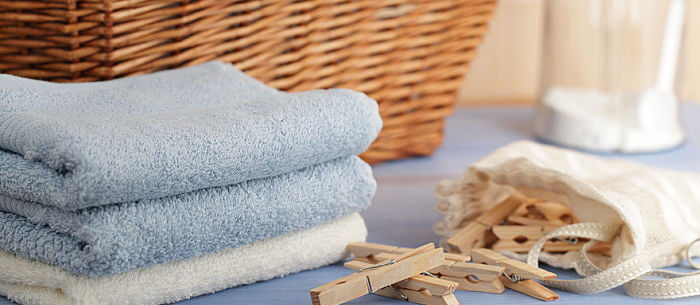
Where's The Evidence?
A study done by the University of Washington tested six top-selling laundry products and each one emitted some nasty VOCs.
“Nearly 100 volatile organic compounds were emitted from these six products, and none were listed on any product label. Plus, five of the six products emitted one or more carcinogenic ‘hazardous air pollutants,’ which are considered by the Environmental Protection Agency to have no safe exposure level,” says Anne Steinemann, UW professor of civil and environmental engineering and public affairs.
In a separate study, three common air fresheners were placed in an isolated space and the surrounding air was then analyzed. 58 different VOCs were found in more than one of the products, many of which are federally regulated as toxic.
Manufacturers are not required to list all of the ingredients in these products. So we could be inhaling small doses of rat poison, for all we know. No biggie.
Let’s dive a bit deeper into this craziness and take a look at what we’re dealing with.
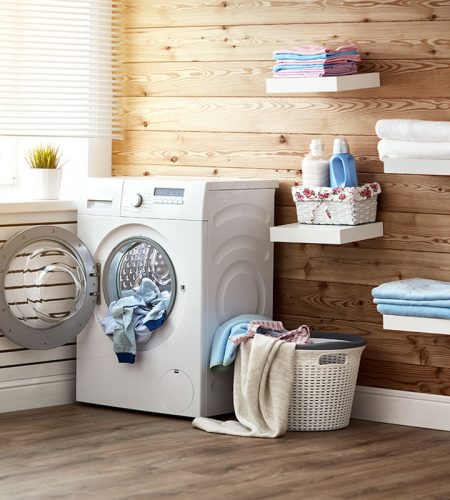
What's In My Detergent?
Listed below are some specific chemicals commonly found in laundry detergent that can be hazardous to your health:
Artificial Fragrance
For starters, most of us probably know that synthetic fragrances are not good for us, and can sometimes cause asthma and skin reactions like dermatitis. You’ll likely be able to tell right away just by taking a whiff of your laundry detergent if it is “naturally derived” or not. That is, if the neon blue or alien green colored liquid doesn’t give it away first.
As mentioned, the chemicals that make up some of these fragrances have been found to produce hundreds of VOCs, and you can bet they aren’t listed on that ingredients label. Hmm, I wonder why. Oh yeah, because they’re toxic.
Sodium Lauryl Sulfate (SLS)
SLS is a dangerous surfactant and emulsifier that is used in shampoo, toothpaste, body wash, soaps, makeup, and laundry detergent.
It has been linked to cancer, endocrine disruptions, organ toxcitiy, skin and eye irritation, neurotoxicity and more.
An article on Dr. Mercola’s website says SLS is “mixed with sulfur trioxide or chlorosulfuric acid and then neutralized with aqueous sodium hydroxide (lye). SLS is the sodium salt of lauryl sulfate and is classified by the Environmental Working Group (EWG) Cosmetics Database as a ‘denaturant, surfactant cleansing agent, emulsifier and foamer,’ rated ‘moderate hazard.'”
Similar to SLS, but deemed “less irritating” is Sodium Laureth Sulfate, which has a higher foaming ability. It goes by many other names, so avoid these too:
- Sodium dodecyl sulfate
- Sulfuric acid, monododecyl ester, sodium salt
- Sodium salt sulfuric acid
- Monododecyl ester sodium salt sulfuric acid
- A13-00356
- Akyposal SDS
- Aquarex ME
- Aquarex methyl
1,4 Dioxane
This chemical compound is actually a by-product of SLS, and therefore does not need to be listed in a product’s ingredients. Dioxane is created by ethoxylation, a process that combines ingredients with ethylene oxide, a human carcinogen, to make the detergent milder.
Research has shown that even at low levels and in trace amounts, accumulation of Dioxane can result in cancer. According to the Organic Consumers Association, Dioxane is readily absorbed through the skin and lungs, and its potency may be equivalent to or greater than many pesticides considered dangerous to humans.
To avoid products that indicate ethoxylation, look for these suffixes in the ingredients list:
- Myreth, oleth, laureth, ceteareth, any other “eth”
- PEG
- Polyethylene, polyethylene glycol, or polyoxyethylene
- Oxynol
Dioxane poses a huge environmental problem as well, as it is a major groundwater contaminant that cannot be filtered out and is not biodegradable. Bad news!
NPE (Nonylphenol Ethoxylate)
The main problem with NPE is that it is an endocrine disruptor and estrogen mimicker. It has the same effect as aluminum in deodorant and can potentially cause hormonal disturbances and even cancer.
NPE has been known to cause kidney and liver damage as well as low sperm count and lowered growth and metabolic rate.
The majority of NPA ends up in our water supply, which is worrisome to say the least, given that water treatment plants cannot remove NPE toxins.
Phosphates
Phosphates are what actually “cleans” your clothes because they allow dirt particles to break down, but realistically they are totally unnecessary and carry some heavy risks to both our health and the environment.
Phosphates are known to cause diarrhea, nausea and skin irritation. They remain in wastewater even after treatment and end up in rivers and lakes, where they cause depletion of oxygen levels in the water and literally suffocate aquatic life.
Many dishwasher tabs are more than 30% phosphates. There has been some debate about whether or not more natural alternatives are as effective as the chemical laden ones.
Dr. Mercola makes a point about the use of phosphates in dishwasher tabs that I couldn’t have stated better myself:
“But seriously, how clean do you REALLY need to be? Are water spots on your glassware worth fouling the precious water filling them? Get over the water spots. If they bother you, wipe them off with a towel. New products can butt heads with our old cultural concepts of cleanliness. As I see it, we all need to start making some concessions for the good of our planet and our health.”
Bleach
Bleach is one of the most common household cleaners. Yes, it is effective at keeping clothes bright and white, as well as removing mold and mildew. But at what cost?
Bleach is a skin and eye irritant as well as a respiratory tract irritant when inhaled. It has the power to deteriorate the lungs and esophageal lining with repetitive exposure. Working with bleach a few times might not necessarily hurt you, but it may be worth thinking twice about bringing it into your home as a household staple.
If you are in a situation where you must use chlorine bleach, make sure to take the following preventative measures:
- Wear gloves and a safety mask.
- Dilute the bleach with water and only use in a well-ventilated area.
- DO NOT mix with other cleaners.
Additional chemicals to avoid:
- Linear alkyl sodium sulfonates (LAS or anionic surfactants)
- Petroleum distillates (naphthas)
- Phenols
- Optical brighteners
- EDTA (ethylene-diamino-tetra-acetate)
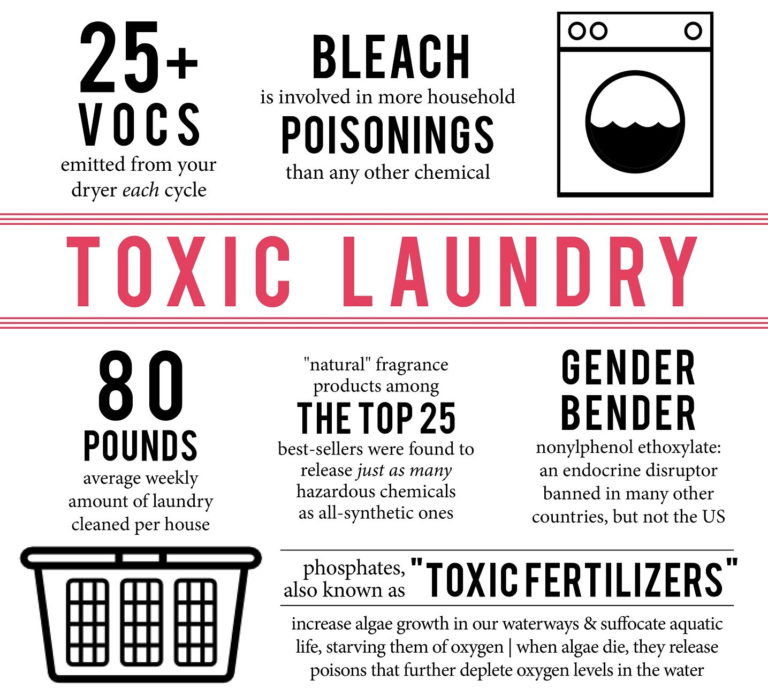
How Can We Protect Ourselves?
One would assume that all of this readily available and scientifically proven information on the dangerous toxicity of these household products would deter consumers, but for the most part, it hasn’t.
It is up to us as individuals to do the research, educate ourselves and, armed with this new information, make informed decisions about what and what not to bring into our homes.
Tips for those wanting to eliminate these toxic elements from their homes:
Natural Alternatives
- Soap Nuts, the dried berries of the Chinese Soapberry tree, are an interesting and effective alternative to conventional detergent and have been used for thousands of years.
- Inspect the label of your detergent (even if it is considered “natural” or certified organic) before buying. Be on the lookout for any of the nasty chemicals discussed here! I personally use Go by Greenshield Organic detergent that I buy at Costco (it gets an A rating on EWG.org).
- The EWG has a helpful website and app that allows you to search thousands of products and grades them (ranging from A-F) to help you make the right decision when purchasing clean products. The app even allows you to scan the barcode!
- DIY detergent as well as baking soda, white vinegar and lemon juice can all be equally as effective as store-bought versions.
DIY
Om Made Detergent
- 1 cup liquid castile soap (like Dr. Bronner’s)
- ¾ cup baking soda
- 2 ¼ cups warm water
- ¼ cup fine sea salt
- Dissolve baking soda and salt into 2 cups warm water
- Pour into gallon container and add castile soap
- Top off with the rest of the water
- Use ¼ cup per load- so economical!
Bleach Alternative
- 12 cups water
- 1/4 cup lemon juice
- 1 cup hydrogen peroxide
- Mix all ingredients together.
- Add 2 cups per wash load.
- Can also be used as a household cleaner.
White Vinegar & Baking Soda
- Add 1 cup of white vinegar to a load of laundry to remove soap buildup, attack mold and mildew, freshen, soften and whiten.
- Add ½ a cup of baking soda to a load of laundry to boost detergent power, soften and brighten clothes.
All-Natural Fabric Softener
- Juice of 4 lemons
- 2 cups cold water
- 1 tsp baking soda
- Combine ingredients in a jar, cover and shake well.
- Add to final rinse cycle for super clean and soft clothes, sheets and towels.
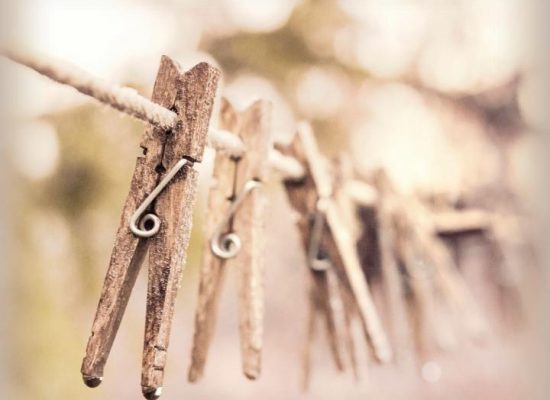
Are you concerned about toxic chemicals in household products? Do you use a natural laundry detergent or make your own? Share your thoughts in the comments!


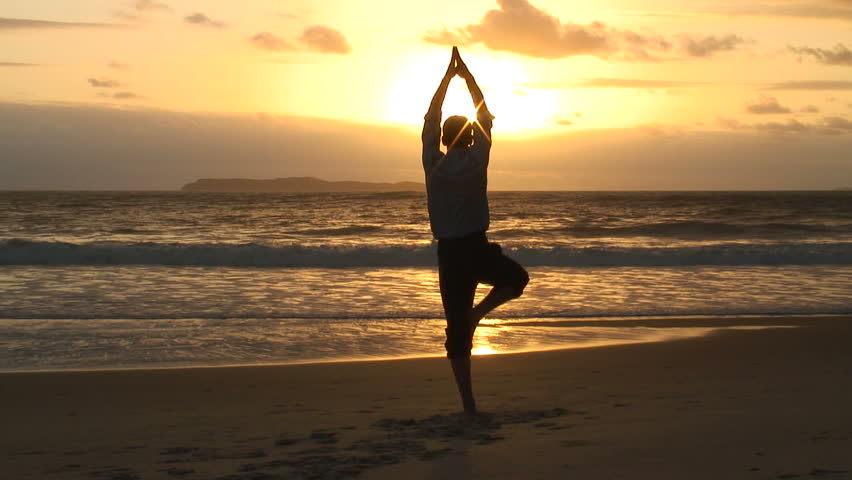

3 Comments
I like how you have recipes
For diy cleaners etc 👍🏻 Awesome! 💕
Thanks Tara, I’m glad they’re helpful. 🙂 Let me know how it goes if you try any of them!
Do you have any kind of suggestions for creating articles?
That’s where I constantly struggle and also I simply end up looking vacant display for long period of time.